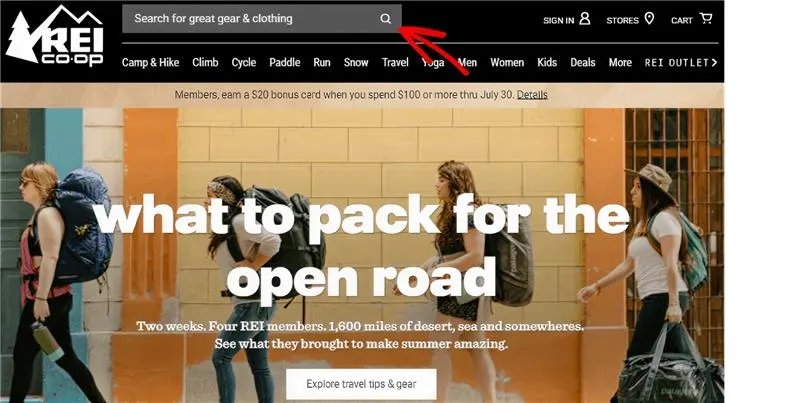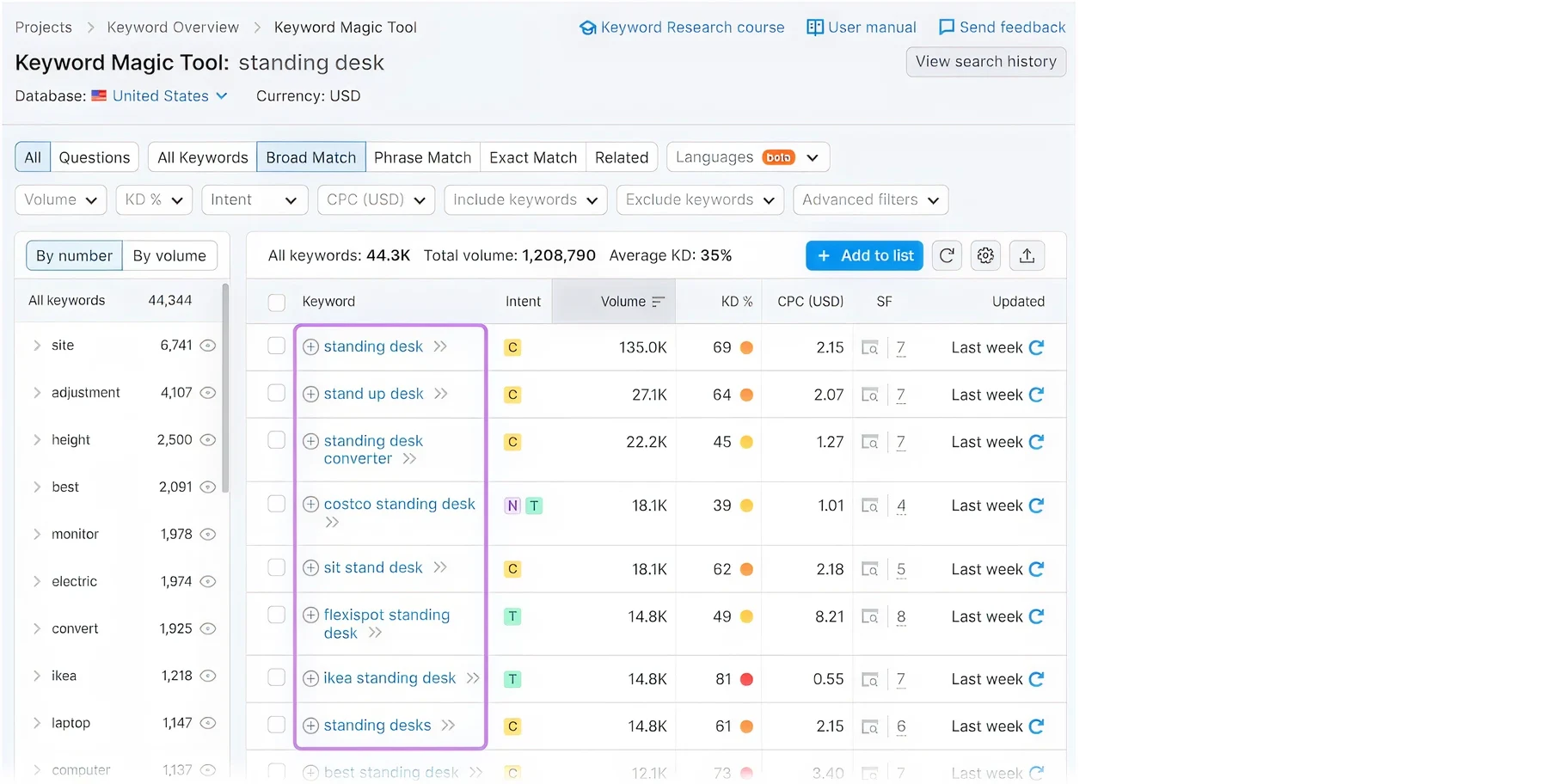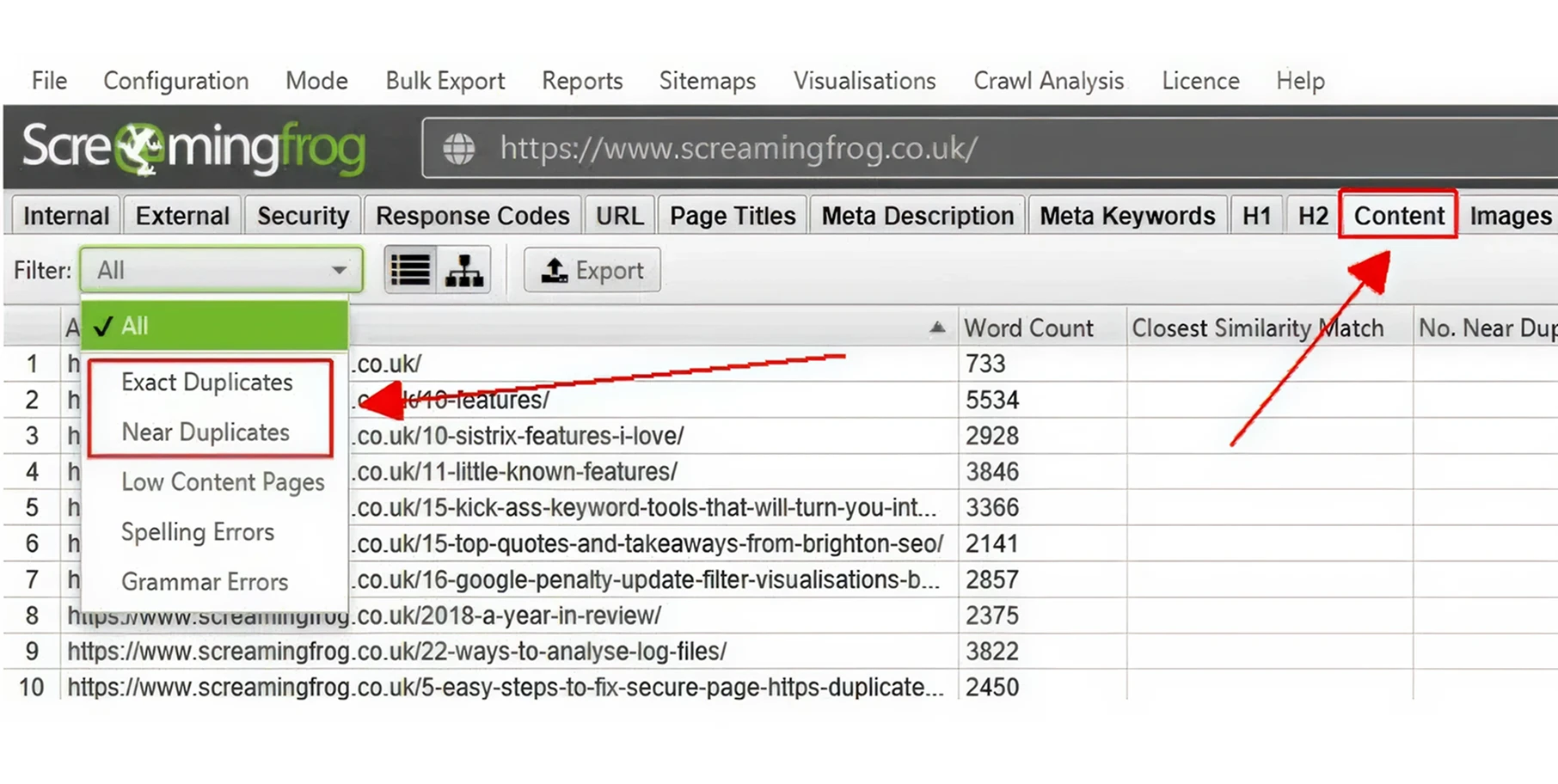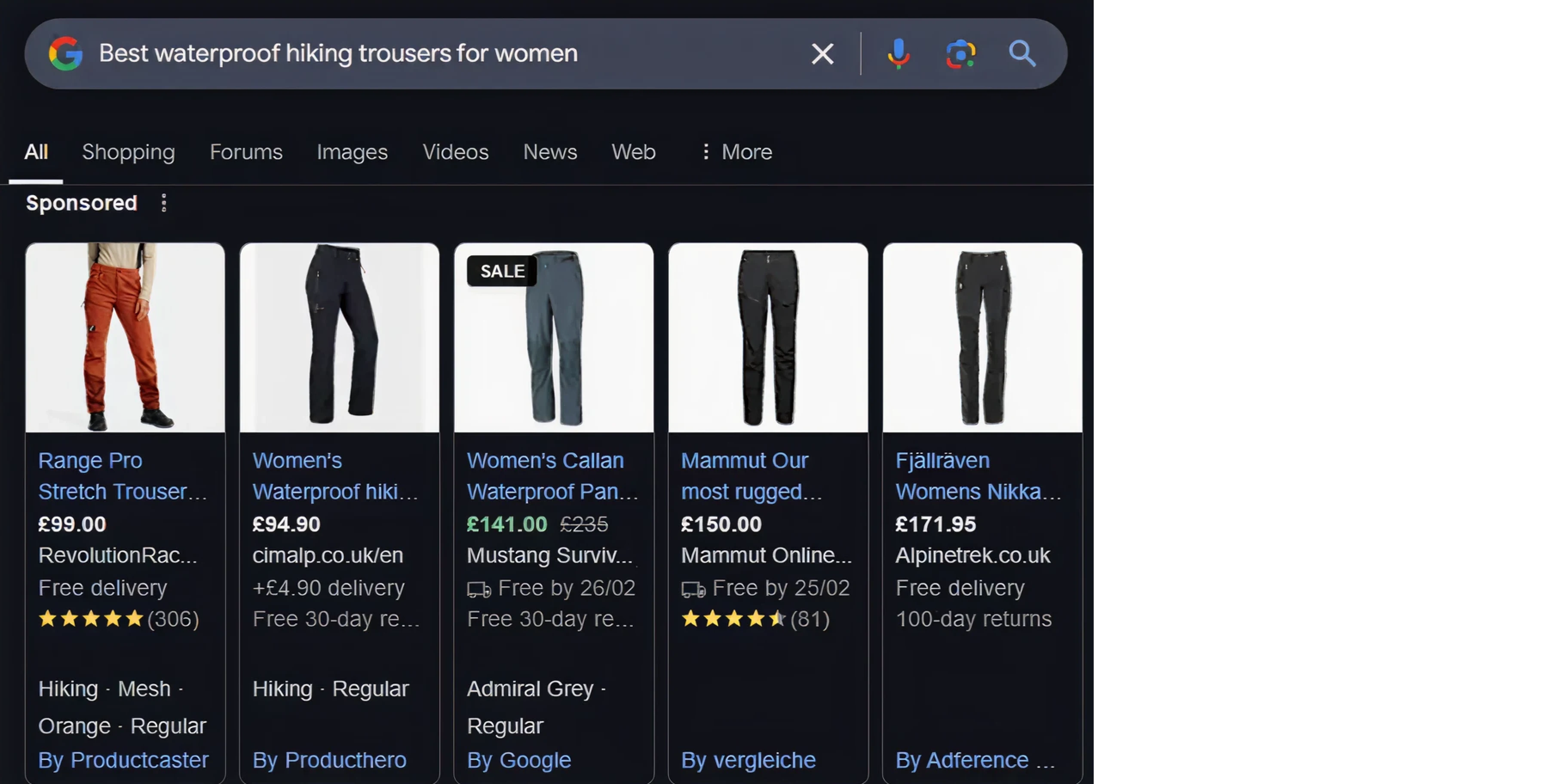60 Second Summary
As an e-commerce store owner, you want more organic visits per month, and that should result in more sales. Well, we can tell you that there are no barriers to sales, and you can provide frictionless checkout experience for customers.
How? By creating a solid SEO strategy for Shopify Store.
Think of it as the bread and butter for running an e-commerce store, and for that, you don't need a big marketing budget to get more eyes on your site and convert clicks into sales.
While others will tell you to spend some time doing keyword research, creating high-quality blogs relevant to your target audience, and getting some backlinks for your store.
But a single strategy won't bring you a higher ROI for your business. That's why we created this snappy guide for you that covers the top 11 SEO optimization strategies you can follow to increase your store sales.
Shopify SEO means increasing the visibility of your online store in the eyes of Google. Every store owner these days wants to make their site stand out from others, and this can be done through search engine optimization.
Users type keywords or phrases to get specific results on Google, and the search engine displays those websites that are SEO optimized. While store owners think a well-designed site is enough, if people can't find you online, then there will be no sales.
According to Neil Patel, around three-quarters of users do not wish to go beyond the first page of Google.
”Hence, the site owner's goal is to rank the website on the first page of Google. That's where SEO comes into play.
Besides doing SEO for your own site, you need to see what competitors are doing and what keywords they're ranking for.
SEO is important for Shopify Store because of following reasons -
SEO is the best way to get more visitors to your store. But if you have not created an SEO strategy yet, you might miss tons of traffic and lose revenue.
Research studies from Brafton content marketing say that around 95% of the web traffic comes from the first page of search engine results in pages.
SEO-optimized online stores can turn organic traffic into customers. When SEO is done correctly, every e-commerce owner can increase traffic, boost conversions, and get more sales.
If you are thinking of getting customers by flushing money into paid ads, you are on the wrong track. Moreover, Spending big bucks on advertising can consume your profit margin and leave nothing for your business.
Now, companies no longer need to allocate a certain budget to advertising. Using proper keywords can help the store owners get the desired result.
Using SEO to rank an online store can take considerable time and effort, but it can bring compounding results for your business in the long term. Therefore, SEO is considered the best acquisition channel to turn leads into customers.
If your site is SEO optimized and ranks well on the first page, you probably get more clicks compared to ranking on 11 pages.
One of the most prominent challenges for store owners is getting people to find their store on the go. It’s easy for the store owner to convince the customer and get them interested in buying from you.
However, think of a situation wherein customers do not find the store in the first place, then you will never succeed.
Read Also: Shopify vs WooCommerce
Here are the few SEO tips that can help you optimize your Shopify store -
When you structure your online store, you make it simpler for visitors to navigate and make it easy for search engines to crawl the pages. If the store structure is complicated and lacks basic SEO practices, then search engines find it challenging to find your site.
The store owner needs to keep things short and simple, which means the structure of the store should be easy to navigate for the customer.
This means when someone visits your store, they should be able to find the items in the shop quickly and easily.
There's a direct correlation between picking the right website structure and the amount of time customers will spend on the site. This gives a boost to search engine rankings.
Content on the Shopify store can be organized using the following structure -
1 way - Homepage> product page> category page
2 way – Homepage > category page > subcategory page> product page
Here is an example of the above -
Major category – Clothing
Subcategory – men
Subcategory - Women
Subcategory - children
Few things to keep in mind when doing SEO optimization for Shopify –

When optimizing your Shopify store for SEO, keyword research matters the most. By conducting keyword research, you find keywords or exact words/phrases that people are searching for.
But the funny part is that most site owners don't spend even 20 minutes of their total time doing keyword analysis.
When selecting any keyword for your Shopify store, make sure to check its search volume, see whether the keyword shows an upward or downward trend, and determine how easy or difficult it is to rank for this keyword.
Then, look at the top competitors ranking at the #1 spot on SERPs. Are they digital giants or small sites with low domain authority?
Pick a few competitors (at least 10-15) and see what keywords they've been ranking for. This means that to rank your Shopify store for SEO, these are the exact keywords you can choose to beat them.
For doing keyword research, there are plenty of tools you can use, such as Semrush, Ahrefs, Ubersuggest, Google Keyword Planner, and the People Also Ask (PAA) section.
Let's say you want to do keyword research for your Shopify store, and you sell office supplies and furniture.
You can go to the Keyword Magic Tool in Semrush, enter your seed keyword, and it will show you related keywords with search volume, KD score, and intent behind each keyword.

Once you select these keywords, export them and start creating dedicated content around them.
Here are some other ways to research keywords for the products you are selling:
After keyword research is conducted, the next step is to optimize your meta title and description for your Shopify store, including home page, product pages and blogs.
The first thing to keep in mind is to keep the length of meta titles short—not more than 50-60 characters.
Use the primary keyword at the beginning of the meta title, which is the best way to improve your Shopify site SEO.
Another way to improve your store rankings is to use modifiers in meta titles such as "best," "top," and "affordable." These sensory words will increase your CTRs as well.
Though Google mentions that meta descriptions are not a ranking factor for improving your rankings, writing a relevant meta description can still improve your clicks, get more visitors to your site, and eventually lead to higher rankings.
If you want customers to spend more time on your Shopify website and complete their orders, then you need to ensure that your website loads faster. Most store owners invest their hard-earned dollars into SEO without looking into speed metrics.
A report from Unbounce states that if people land on your e-commerce site and your webpage takes too long to load, then it results in fewer sales.
They conducted a survey with 525 respondents, and nearly 45.4% said that they're less likely to make a purchase. The reason? Slow-loading websites.
But how do you speed up your Shopify Store?
Also Read: Shopify Theme Development: Ultimate Guide
Another way to improve the SEO for your Shopify store is by paying attention to your site's UX.
No matter if your Shopify site has tons of traffic, if the website isn't intuitive, easy to navigate, or mobile-friendly, then it doesn't matter.
Notably, 50% of e-commerce traffic comes through mobile devices, and if the store isn't optimized for mobile devices, then you're losing customers as the site affects their experience.
You can provide a better UX to customers by following these strategies:
Pillar pages are one of the great tips for Shopify store optimization. A pillar page is like a broad topic or a hub that links to several supporting articles known as cluster pages. These pages are interlinked with each other, which helps Google understand the site hierarchy.
Let's say you sell organic skincare products to customers. Then your pillar page can be "Ultimate Guide to Organic Skin Care Products."
And cluster pages can be related topics supporting the main topic. These can include "Best Organic Moisturizers for Dry Skin," "Organic Skincare Routine for Acne-Prone Skin," etc.
This helps Google understand the content hierarchy.
E-commerce store owners should spend some time creating blogs that can provide value to the audience. This not only brings top-of-the-funnel traffic, but it can make a noticeable difference in getting more conversions and, hence, more sales.
The content you create should not be keyword-stuffed, should not be AI-generated, and should align with your store's tone and guidelines. The keywords you found should come naturally in titles, headings, and subheadings.
More importantly, the blogs should be comprehensive enough to meet the search intent of visitors. They should not just cover the topic in depth but rather provide actionable insights.
But if you already have loads of content for your e-commerce store, then you can perform content refreshes, update the images, and add relevant keywords.
After doing content refreshes or rewrites, you can check the performance of blogs, such as clicks, impressions, and the keywords they're ranking for.
Here are a few tips you can follow when optimizing blogs for your Shopify store:
Most site owners don't realize that duplicate content is one of the main issues. As Shopify categorizes products under different categories, the same product can show at multiple URLs.
When hundreds of product pages have the same content, it affects your SEO score and results in poor rankings.
Shopify creates different product URLs based on how users navigate the site. This means the search engine will consider two different URLs and index both pages separately.
The good part? Shopify adds canonical tags to product pages, which doesn't result in duplicate content issues.
You can check the duplicate content for your site by using tools like:

Structured data is a piece of code that helps search engines understand what a page is about.
In search results, structured data can appear as rich results and provide the most important information about the store.
To optimize your Shopify Store for SEO, you need to add specific types of schemas to your site. This will help search engines understand the site's content.
There are different types of schemas you can use for optimizing your site content, such as product schema, review schema, offers schema, FAQ schema, etc.

You can add structured markup schema to your site by using Shopify apps such as TinyIMG through JSON-LD, and it doesn't require any coding.
Link building is another practice for improving your Shopify store SEO. Google considers link building an important metric for ranking your site at the top of SERP.
When a site links to any of your pages or your site, it tells Google that people trust you because you've positioned yourself as an authority in that niche.
But how do you build links to your Shopify store?
When ranking your content on SERP, Google will scan your website, understand the internal linking structure, and if that improves the user experience, it improves your overall rankings.
To optimize the site rankings for an e-commerce store, here are the 4 major tools that can help you do so -
Plugin SEO is a tool that keeps on updating all the time when there is a change in search engines algorithm. This tool helps the store owners save time, helping them fix the SEO issues and, at the same time, improving their SEO score.
It gives them deeper insights by telling the store owners where the Shopify SEO is and how they can improve it.
The tool gives you suggestions on improving store search rankings, page views, and conversions; check your meta descriptions, headings, and article structure to ensure your site is well optimized.
Smart SEO helps the e-commerce store owners improve the search rankings of their store and gives access to SEO issues such as meta tags, page speed, image optimization, etc. Not only that, but it also automatically checks and fixes the broken links in the store.
Google demotes those websites which do not follow best SEO practices.
The store owner needs to optimize images, and at the same time, needs to ensure that the quality of images should be top-notch. Hence, an image optimizer tool can speed up your site without compromising quality images.
Semrush is a great keyword research tool that can help you find out the top keywords your competitors are ranking for and observe which pages of competitors' sites are getting the most traffic.
This tool gives you access to more data and insights to outperform competitors.
The above tips will help you rank your Shopify store for SEO. While Shopify SEO itself isn't a one-and-done task, it requires time and effort, but it will bring sustainable traffic.
If you're thinking that following one single practice can skyrocket your store rankings in one day, then it won't be possible.
As a store owner, ranking your store, getting to the next stage of traffic, and earning more revenue can be possible when you follow every single SEO practice—be it writing guest posts, creating quality blogs, sharing linkable content assets, or implementing relevant schema for your website.
As a Shopify app development company, we specialize in creating custom Shopify stores for all categories, such as marketing, order management, customer management, etc.
Our experienced Shopify app developers don't just create e-commerce stores, but they also handle the integration part by integrating them with third-party apps such as payment gateways, ERP, CRM, etc.
We recently served a client who's a meat provider in the Mexican region, and they needed help building a Shopify store so they could manage multiple inventories. We built native mobile apps for Android and iPhone, and they're connected to the Shopify store as the backend.
Result? As the team doesn't have to repeat their tasks across multiple systems, this saves their time by around 40%. Also, it's easier for them to manage changes on the website, such as content updates, product additions, or any promotions, more simply and quickly. This means:
Faster operations + More happy customers
”Yes, for most parts. Shopify is good for SEO. It is because of the following reasons –
Shopify charges $999 per month for SEO
Here are the best SEO tools for Shopify –
Shopify is better than WordPress in Technical SEO, Performance, and Accessibility with the help of its proprietary platform Liquid.js. On the other hand, WordPress has numerous powerful tools and plugins for On-Page SEO because of various plugins such as Rank Math, Yoast SEO, etc.